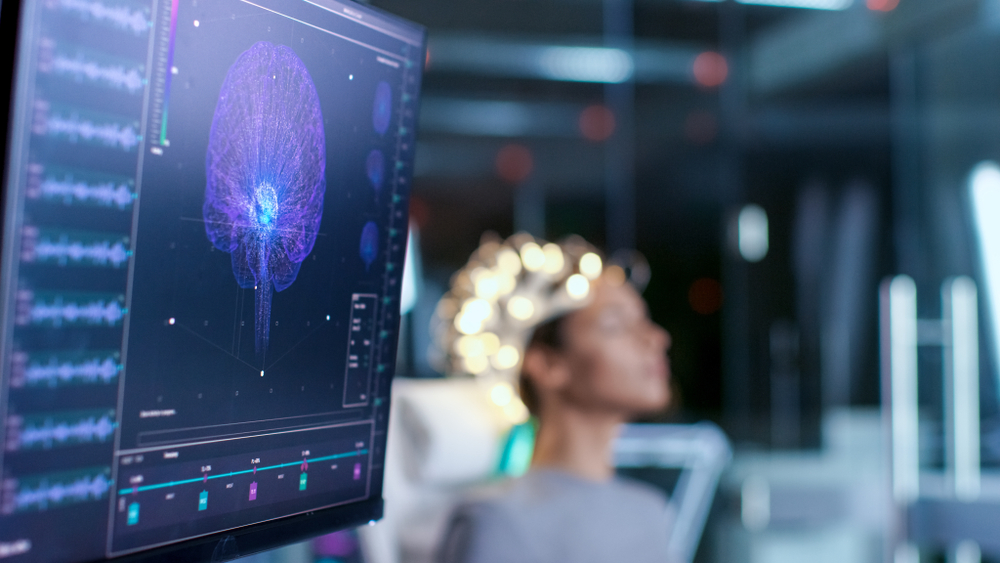A newly published study is reshaping scientists’ understanding of why people with Alzheimer’s disease forget familiar faces, names and relationships.
Others are reading now
A newly published study is reshaping scientists’ understanding of why people with Alzheimer’s disease forget familiar faces, names and relationships.
The research, appearing in Alzheimer’s & Dementia, identifies a specific, reversible biological mechanism linked to the breakdown of social recognition — one of the most painful symptoms families encounter.
How Social Memory Breaks Down
According to findings reported by Digi24 and detailed in the journal, researchers at the University of Virginia School of Medicine traced the loss of social recognition in mice to the deterioration of protective structures around neurons in a small hippocampal region called CA2.
These structures, known as perineuronal networks, are made of proteins and sugar molecules that stabilize connections between neurons. In healthy brains, they help maintain memory circuits that encode information about individual people and relationships.
The study shows that when these networks break down in Alzheimer’s models, mice lose their ability to recognize other animals they have previously encountered — even though other types of memory, including object recognition, remain unaffected.
The researchers then demonstrated that blocking the destruction of these structures could prevent that specific memory loss entirely.
What Mouse Models Revealed
Also read
In experiments with 5XFAD mice — a widely used model for Alzheimer’s — the team observed that network degradation in CA2 began around six months of age. That loss coincided precisely with a disappearance of social memory.
To test causation, the scientists selectively disrupted the protective networks in healthy mice without triggering any other Alzheimer’s-like symptoms. As expected, the ability to recognize other mice vanished. When the networks naturally regenerated after two weeks, social memory returned.
This reversibility, the authors explain, offers grounds for optimism.
Harald Sontheimer, senior author and chair of UVA’s Department of Neuroscience, said the discovery identifies “a new therapeutic target,” noting that there are already drug candidates undergoing evaluation.
Why These Structures Degrade
Genetic analyses in the study point to excessive activity of enzymes known as matrix metalloproteinases (MMPs) — described as “molecular scissors” — which remodel tissue. In Alzheimer’s disease, these enzymes appear to accelerate the breakdown of perineuronal networks faster than the brain can rebuild them.
Also read
To test whether blocking these enzymes could halt the process, researchers treated 5XFAD mice with a broad-spectrum MMP inhibitor called GM6001 for one month. Treated animals maintained intact networks in CA2 and did not develop social memory deficits. Untreated mice showed both network destruction and cognitive decline.
The authors propose that, if similar processes occur in humans, early detection of network degradation could become a diagnostic indicator — or a way to measure treatment effectiveness.
Implications for Alzheimer’s Symptoms
Unlike some hippocampal regions heavily affected by beta-amyloid plaques, CA2 accumulates little of the abnormal protein associated with Alzheimer’s pathology. Yet the study suggests that social memory decline may stem from an entirely separate mechanism: the collapse of perineuronal networks, independent of plaque burden.
Researchers emphasize that the inability to recognize loved ones is not only about identifying faces. It includes difficulty linking names, voices, expressions and emotional relationships. Losing that network of associations fractures a patient’s sense of connection to family.
The authors argue that identifying the mechanism behind this breakdown clarifies that the symptom is not mysterious but rooted in identifiable biological pathways.
Looking Ahead
Also read
If imaging tools can be developed to visualize perineuronal networks in the human brain, the researchers say degradation could serve as an early biomarker for Alzheimer’s progression. The findings also point to potential treatments aimed at preserving or restoring these microscopic structures — with the hope of protecting a person’s ability to recognize those closest to them.
This article is made and published by Asger Risom, who may have used AI in the preparation


